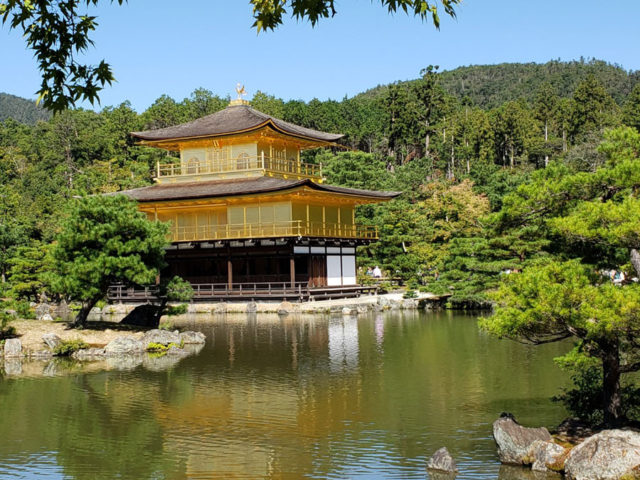
Harold Rodenberger, 2019 Japan Tour traveler
On September 30th, our group of tourists set off for an introduction to Japan. We ranged in age from the teens through the eighties and in physical ability from agile young people to slow walking older folk. When I first surveyed the group, I thought it might be difficult to complete the itinerary furnished for our review. As it turned out, our tour leaders Yuki Okamura and Misa Murohashi did a remarkably good job of introducing this disparate group to some of the main sights of Japan.
Tokyo and Yokohama
Departing Seattle on September 30th, we crossed the international date line and arrived in Tokyo on October 1st. After clearing Customs and Immigration, we caught a bus to our hotel in Shinagawa and settled in on Japan time.

The next day we explored West Tokyo including Meiji Shrine, Shinjuku, Shibuya and the Tokyo Metropolitan Building.
On the third day we rode a water bus to east Tokyo and visited Asakusa Nakamise shopping street and Sensoji Temple, Shimabata and the Taishakuten Temple. We took the subway to the Skytree area then climbed the tallest free- standing tower in the world to survey all of Tokyo from a height of 1476 feet (Skytree total height is 2080’).
On our final day in the Tokyo area, we took an Express train to Yokohama to visit the Japanese Overseas Migration Museum; the immigration ship Hikawa Maru, and Chinatown through the Blue Gate. Back to Tokyo, the group made stops at the Imperial Palace, Yurakucho and the Ginza area.

Takayama and Shirakawa-go
October 5th we rode the Shinkansen (Bullet Train) to Nagoya. There we changed to a limited express train up through the hills to Takayama, where we checked in at our Ryokan (Japanese Inn). We got settled in and had time to visit the onsen bath (hot springs bath) before the special Japanese dinner scheduled for that evening.
On the 6th, our group visited the world heritage site, Shirakawa-go, known for its old-style farm houses with thatched-roofs. In our free time, we explored around Takayama. The city is situated 550 meters above sea level so it was cool and pleasant compared to the higher temperatures and humidity of the cities near the sea.
Kyoto, Nara and Hiroshima
We spent our final four days in the Kyoto area visiting representative attractions, including Hiroshima Peace Park, Miyajima, Kinkakuji (Gold Pavilion), and other temples and shrines in Kyoto and nearby Nara. On the final day of our trip, we caught a domestic flight from Osaka to Tokyo followed by our trans-Pacific flight back to Seattle.
This trip was a great introduction to Japan. We visited many of the must-see tourist attractions and were introduced to Japanese mass transit, including Shinkansen (Bullet Train), Express and Limited Express trains, a water taxi, subways, buses and lots of Shank’s Mare (as Grandpa used to call walking). We had hot spring baths and a special Japanese dinner. We were impressed by the crowds, ancient buildings and artifacts, the helpfulness of the Japanese people and amazing temples and shrines. Most importantly, our guides were knowledgeable, efficient and always ready to answer questions from tourists who had an unending supply of same.
Info: www.napost.com/JapanTour






